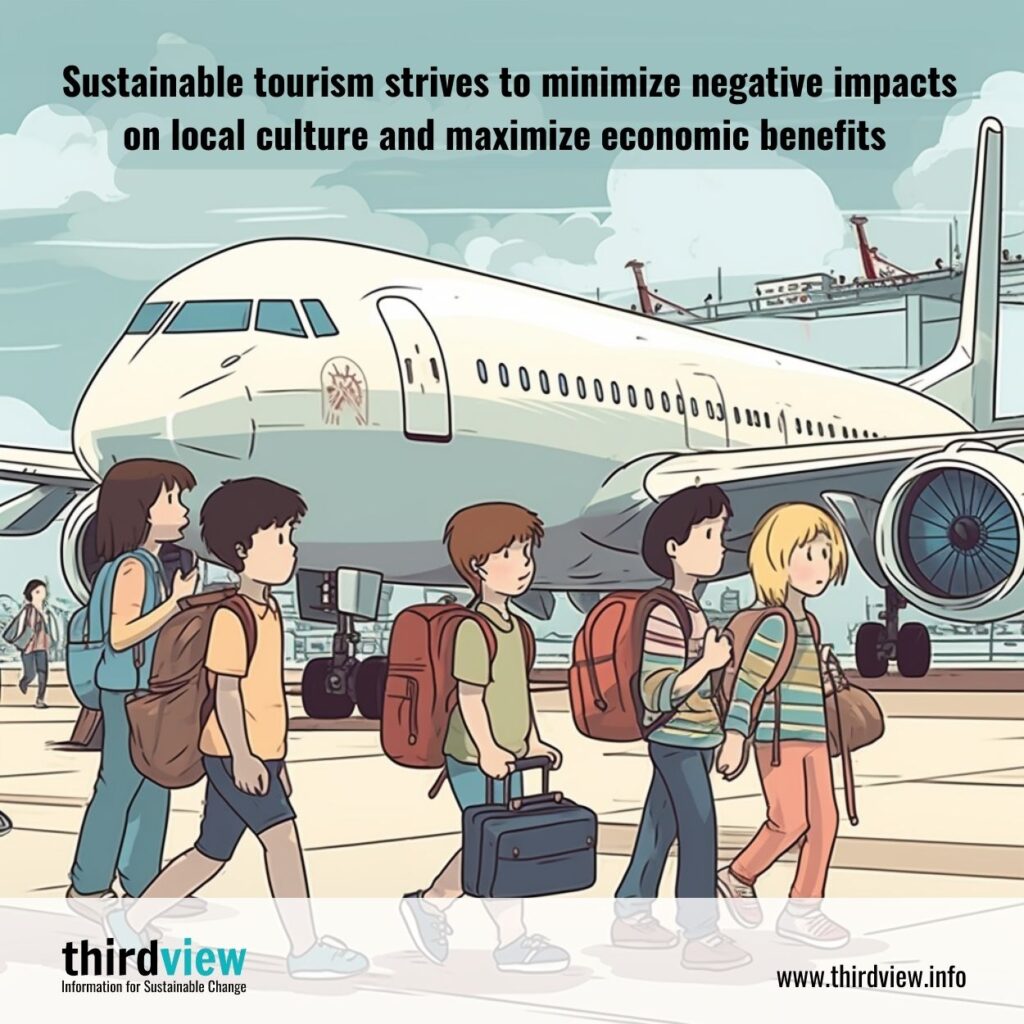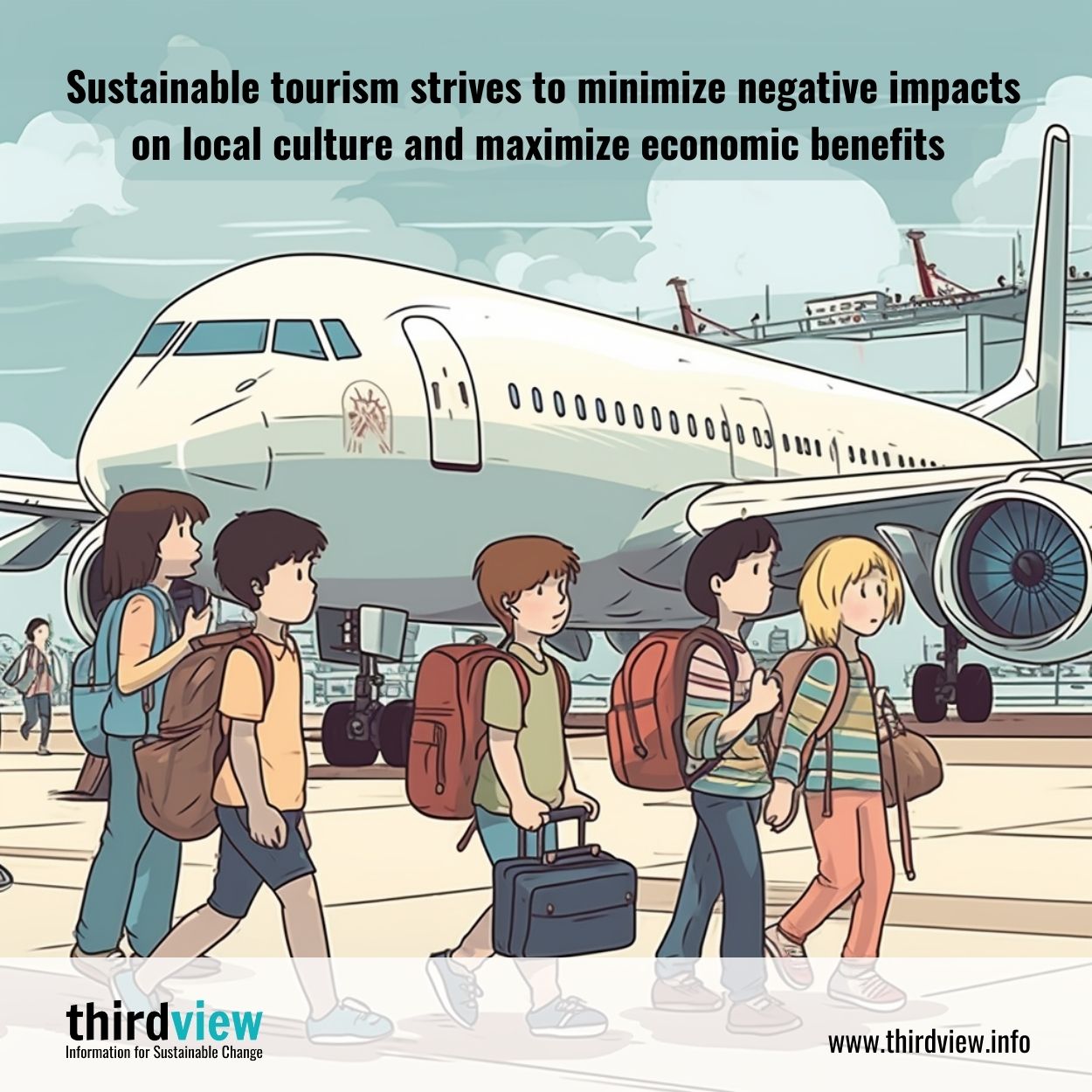Tourism is often credited with bringing economic development to local communities. However, there have been instances where tourism, especially mass tourism, has had a negative impact on the local culture and economy. Sustainable tourism aims to minimize the negative impact on the culture and economy while maximizing the positive effects. In this blog post, we will discuss how to measure the impact of sustainable tourism on local culture and the economy.
Tourism can affect local culture in many ways. For example, tourists visiting a local area may change traditional customs, values, and beliefs, causing the community to lose its identity. One way to measure the impact on local culture is to conduct surveys to determine if there has been any change in cultural practices, language, and traditions. Additionally, tourism can also impact local economies. For example, visiting tourists may spend money in local shops, restaurants, and hotels, leading to economic development. To measure economic impact, economic indicators such as income, employment, and tax revenue can be measured.
One major consideration in measuring the impact of sustainable tourism on local culture and the economy is the baseline data. Before tourism, there is a certain baseline level of cultural practices, economic activities, and other relevant indicators. The best approach is to record baseline data, which is essential in measuring changes over time.
Another key part of measuring the impact of sustainable tourism on local culture and the economy is identifying the factors that influence the impact. For instance, understanding the number of tourists visiting and their characteristics, such as age, gender, education, income level, length of stay, and travel preferences. Also, understanding tourism stakeholders’ views can help identify strategies that can increase positive impacts and minimize negative impacts.
Sustainable tourism can be measured through a range of techniques, including qualitative and quantitative methods. Qualitative methods such as interviews, focus groups, observation, and case studies help measure the quality of the impact on local culture and economy. On the other hand, quantitative methods such as surveys and economic indicators help provide a clear picture of the impact quantitatively.
In conclusion, measuring the impact of sustainable tourism on local culture and economy requires a multifaceted approach that involves collecting baseline data, identifying factors that influence impact, and using qualitative and quantitative methods to measure the impact. Understanding the impact is essential to guide sustainable tourism development. Sustainable tourism that maximizes economic benefits while minimizing negative effects on local culture contributes to the growth of local communities and the tourism industry.


